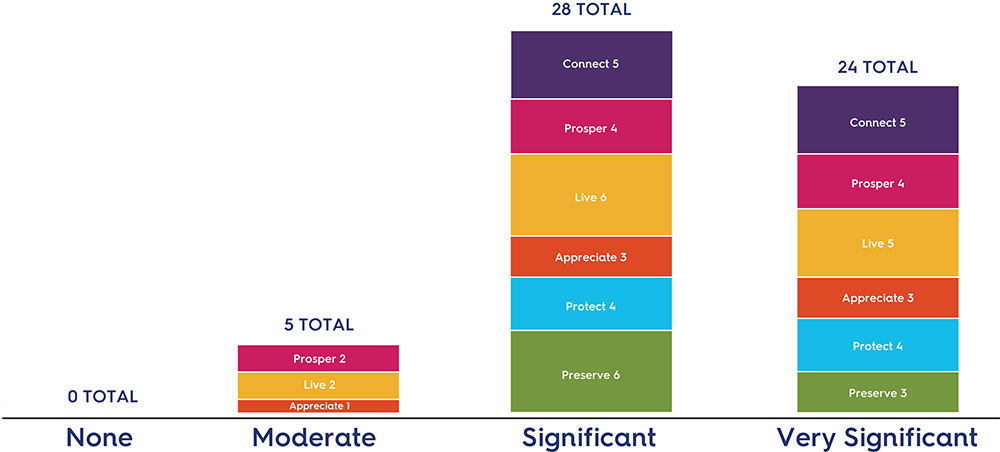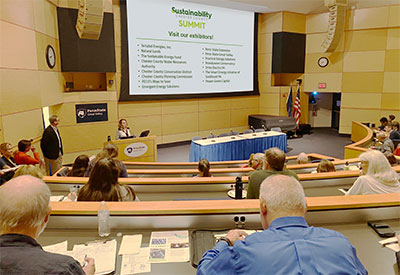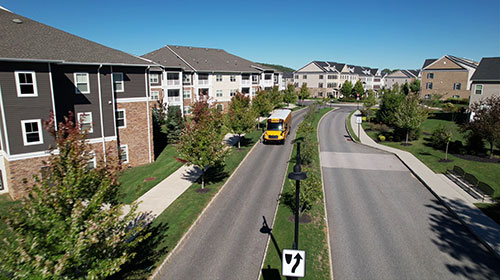Implementing Landscapes3
Much progress has been made on Landscapes3 since its adoption at the end of 2018, despite the global pandemic that hit in early 2020. Landscapes3's vision, goals, objectives, and recommendations have provided a solid planning foundation over this time period and should continue to do so until 2028.
The 57 recommendations in Landscapes3 provide specific guidance on how the county, the planning commission, and all of our partners can make progress on the vision, goals, and objectives. Progress has been made on every recommendation, with significant or very significant progress on 52 of the 57 recommendations. It is clear that everyone has been working hard to implement the county's plan.

Progress has been made on every recommendation, with significant or very significant progress on 52 of the 57 recommendations.
In particular, there has been substantial progress on plan preparation that has provided guidance on specific topics, while identifying additional work to be done. These plans include a new climate action plan, an agricultural economic development plan, a watersheds plan, a heritage tourism plan, a freight plan, a draft trails plan, and a draft public transportation plan.

Chester County held its first-ever Sustainability Summit on September 26, 2023.
In addition, there was substantial progress on outreach and education, including the hosting of many events and summits, the production of a wide range of educational guides, and the sharing of tailored recommendations to municipalities on key planning topics. These topics focused on open space preservation, appropriate solar ordinances, natural resource protection, housing affordability, expanded mobility options, complete streets, ag-friendly communities, and historic village preservation.
Landscapes3 wasn't just implemented with the production of topic-specific plans or the dissemination of new educational materials. It was also implemented on the ground by every organization involved in some way with the built and natural environments in Chester County. Substantial progress was made on preserving farmland, expanding recreational opportunities, potentially expanding passenger rail service, and expanding the regional trail network.
There were a few recommendations that saw limited implementation over the past five years that should be reexamined over the final five years of the plan. These include fostering of historic preservation funding programs, promoting universal design, supporting emergency service providers, ensuring economic development planning is up-to-date, and encouraging suburban center investment.
Detailed descriptions of the implementation of each of the six goal recommendations can be found here:
5 Year Assessment of Landscape3

Implementation Overview

